North Korean Currency
North Korean Currency
North Korea uses the currency North Korean Won. This is the official currency of North Korea.
Korean: 조선민주주의인민공화국 원, Hancha: 朝鮮民主主義人民共和國圓 (Joseon minjujuui inmin gonghwaguk won).
North Korean currency code: KPW, 원
North Korean currency symbol: ₩
North Korean currency denominations:
₩100, ₩200, ₩500, ₩1000, ₩2000, ₩5000 (also ₩5, ₩10, ₩50)
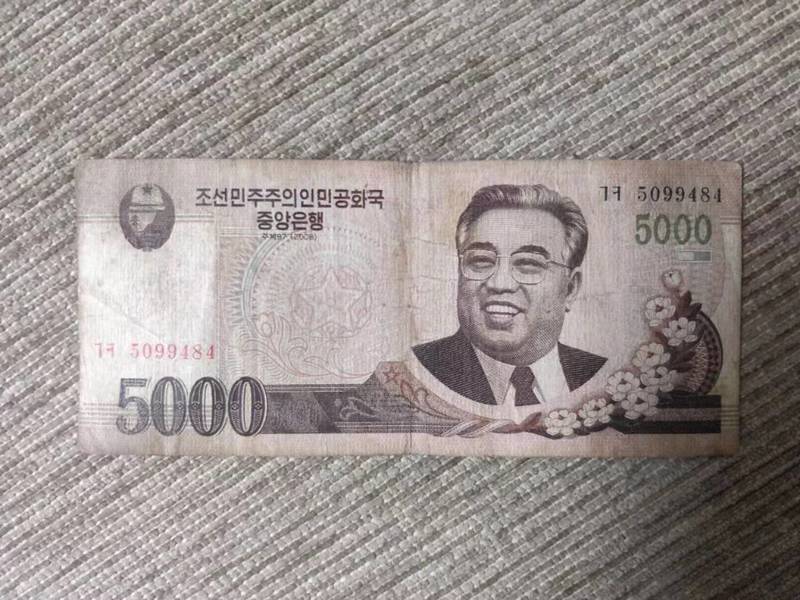
The North Korean Won is issued in Pyongyang by the Central Bank of the Democratic People's Republic of Korea.
North Korean currency uses banknotes (and also coins rarely in circulation).
The images on these banknotes illustrate areas, people, political ideologies, and landmarks of national importance.
Each banknote is market with the North Korean Coat of Arms. This is positioned in the top left-hand corner.
The North Korean Coat of Arms is made up of a 5-pointed red star shining over Mt. Paektu and a hydroelectric dam.
The red star is widely used to symbolise socialism, whilst Mt. Paketu is Korea’s most sacred mountain. The hydroelectric dam represents self-sustainability and prosperity.
In the red ribbon featured on the emblem are the words ‘Democratic People’s Republic of Korea’, the official name for North Korea (or DPRK for short).
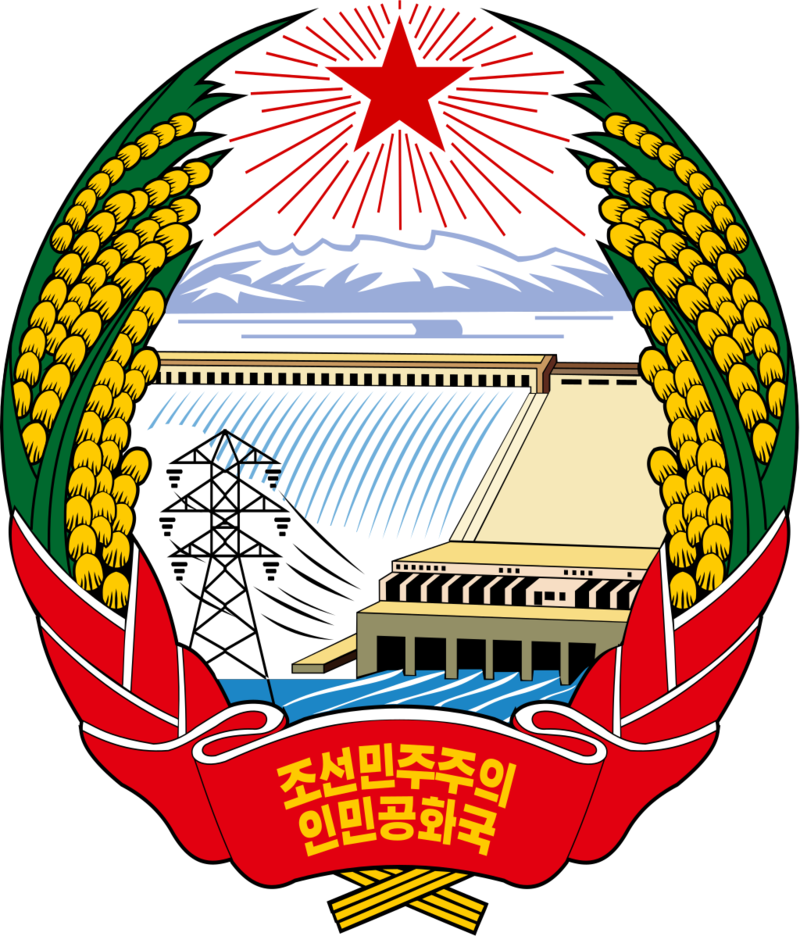
Image: Wikipedia
North Korean Currency History
1947
The North Korean Won became the official currency of North Korea on December 6, 1947.
This replaced the Korean Yen that was in circulation at the time.
Initially, North Korean was only intended for exclusive use by North Koreans. Any foreigner to visit the country has issued a separate currency. But this was also then further divided depending on which country you were coming from as a foreigner - one for those from socialist countries, and one for those from capitalist countries.
The currency used by those from socialist countries were red, and those from capitalist countries were blue/green.
2001
Since the establishment of North Korean won, the North Korean government pegged the value at 2.16 won to the dollar.
This number is significant as it is the date of second leader Kim Jong Il’s birthday (16th February).
In 2001, this pegged value was removed.
2002
The use of separate foreign currencies by foreigners was officially abolished, and instead, foreigners were able to pay in hard foreign currency.
2009
The North Korean won was revalued in November 2009. This is the first time that a revaluation had taken place, and it proved a difficult time for Koreans.
North Koreans were told that they had seven days in which to exchange a maximum of ₩100,000 (approx. US$40), which was then raised to ₩150,000 in hard cash and ₩300,000 in bank savings.
On November 30th, old notes ceased to be legal tender. The new North Korean won notes didn’t start circulation until December 7th.
The current series of banknotes first circulated in 2009 when North Korea underwent a currency reform.
2014
New edition of the 5000 North Korean Won note came into circulation with a new image (see below). As of 2020, both old edition and new edition remain in circulation.
What Does North Korean Currency Look Like?
North Korean Currency:
₩5
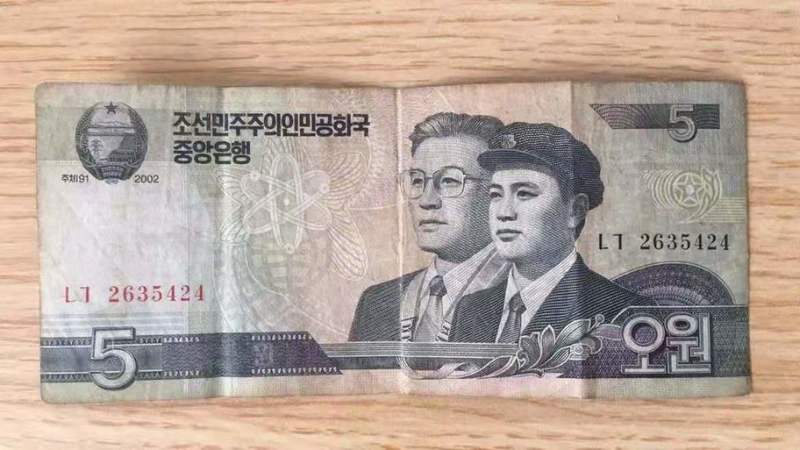
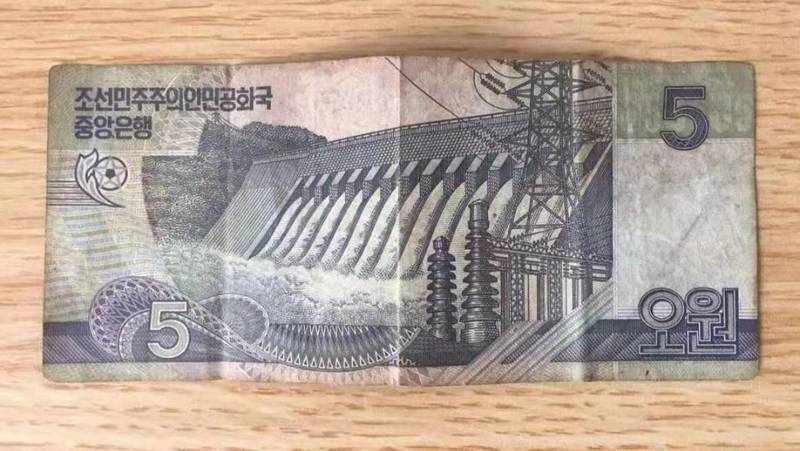
Obverse
The front of the ₩5 North Korean Won shows members of the Workers’ Party of Korea (WPK), the founding and ruling party of North Korea. Kim Jong Un is the Chairman of this party.
Reverse
The back of the ₩5 North Korean Won Hwanggang Hydroelectric Dam, located near to the demilitarised zone (DMZ) on the North-South Korean border.
It’s estimated that over half of North Korea’s electricity is generated by hydroelectric plants.
North Korean Currency:
₩10
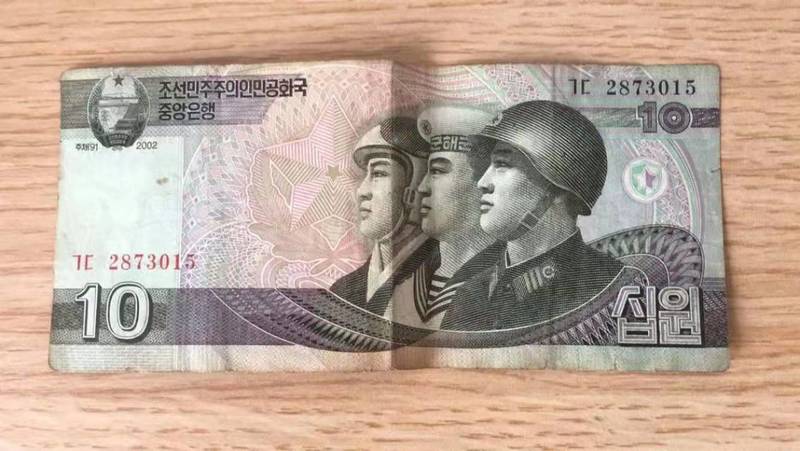
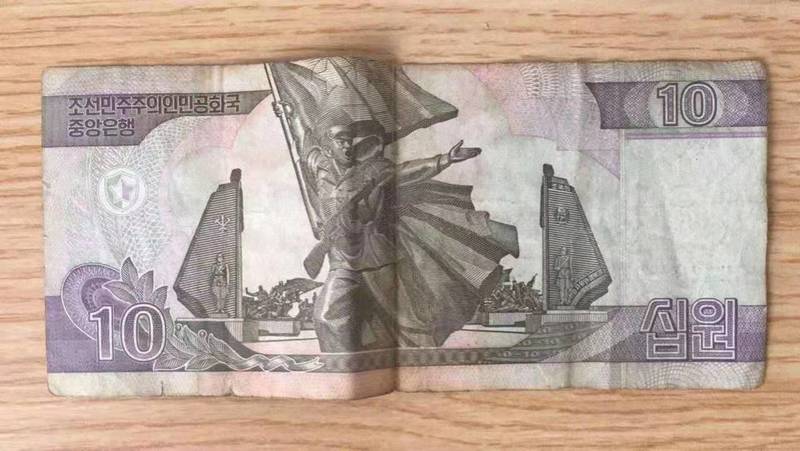
Obverse
Korean People’s Army (KPA) members representing the Air Force, Navy, and Ground Forces. This highlights the importance of which North Korea puts on the military’s role in society.
In the mid-1990s, Kim Jong Il reinforced the “Songun” policy, which puts the military first as a guiding force to the state.
North Korea has the fourth-largest army in the world.
Reverse
The reverse of the ₩10 North Korean won note shows the monument to Victorious War. This stands at the Victorious Fatherland Liberation War Museum in Pyongyang.
North Korean Currency:
₩50
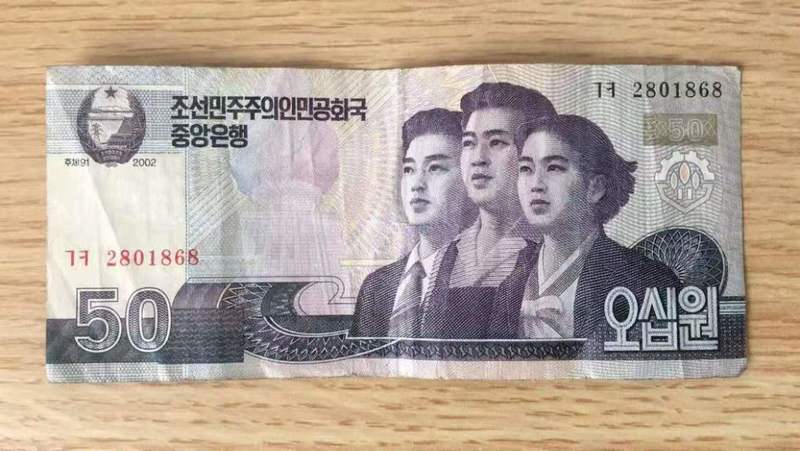
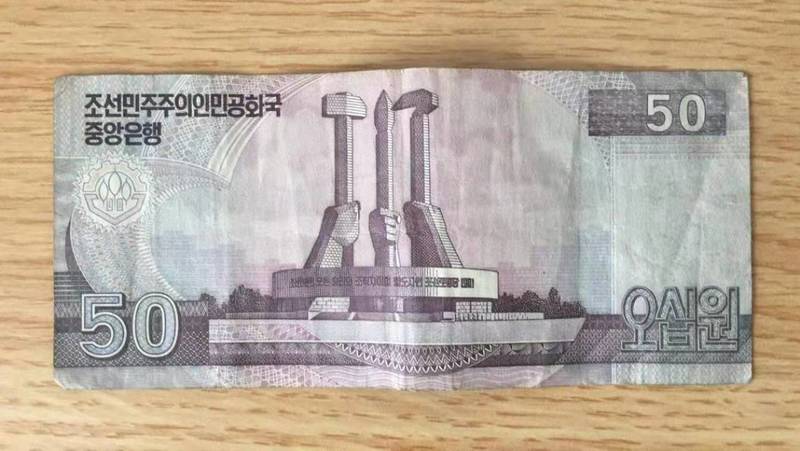
Obverse
On the front of the ₩50 North Korean won you can see the intellectual, labourer, and farmer.
These are representative of the Workers’ Party of Korea.
Reverse
The reverse of the ₩50 North Korean won note shows the Monument to Party Founding or Party Foundation Monument.
This is one of Pyongyang’s most iconic monuments and rich in symbolism.
The text states: ‘Long live the leader and organiser of the victories of the people of Korea, the Worker’s Party of Korea!’
₩100
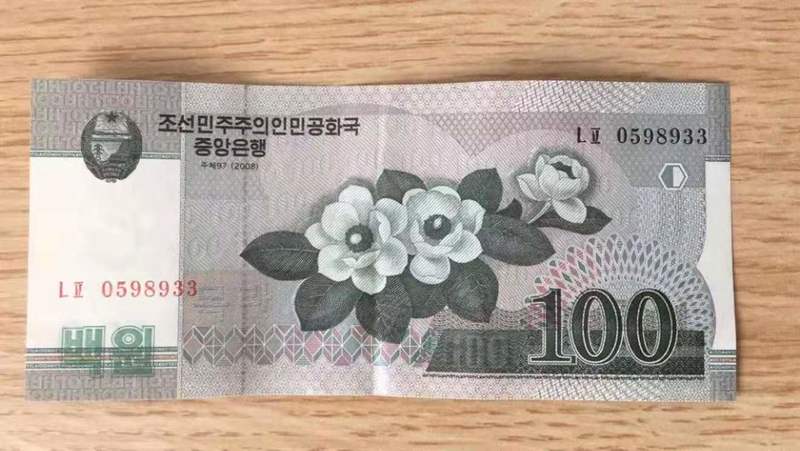
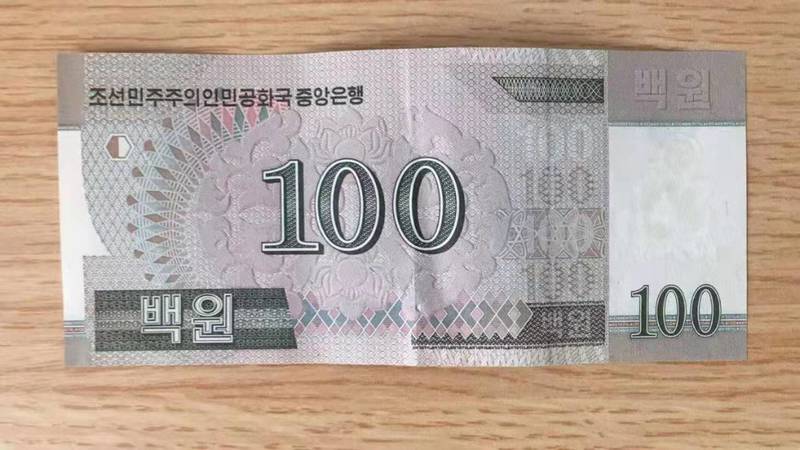
Obverse
The front of the ₩100 North Korean won note shows North Korea’s national flower, the Magnolia sieboldii, or ‘Mokran’.
The national flower of North Korea is often mistaken to be the Kimilsungia or Kimjongilia.
Reverse
On the reverse is simply the value of the note, 100 Won.
North Korean Currency:
₩200
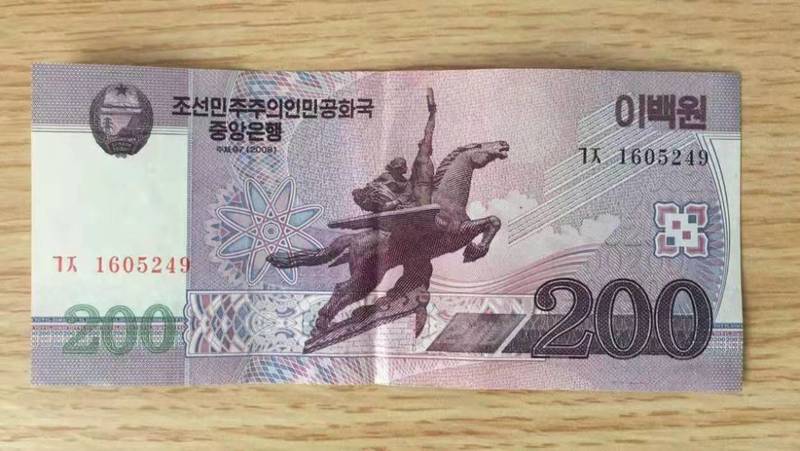
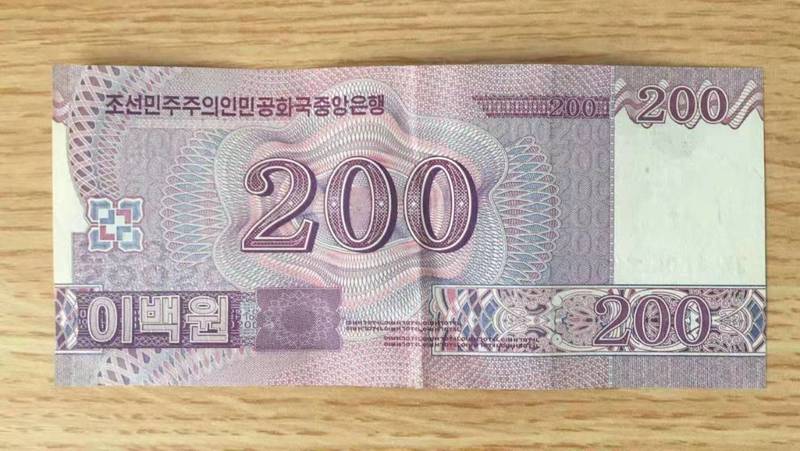
Obverse
The front of the ₩200 North Korean won note is the Chollima Statue. This is a mythical horse said to be able to travel 1000 li (400km) in a single day.
The Chollima movement represents the national effort to rebuild the nation after the destruction of the Korean War.
Chollima speed has since evolved to ‘Mallima speed’, meaning 10,000 li (4,000km), reflecting the modern speed in which things are built and rapid development.
Reverse
On the reverse is simply the value of the note, 200 Won.
North Korean Currency:
₩500
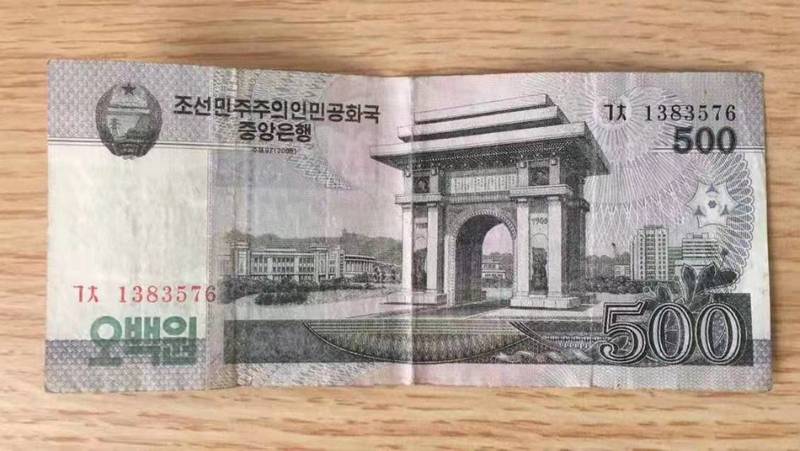
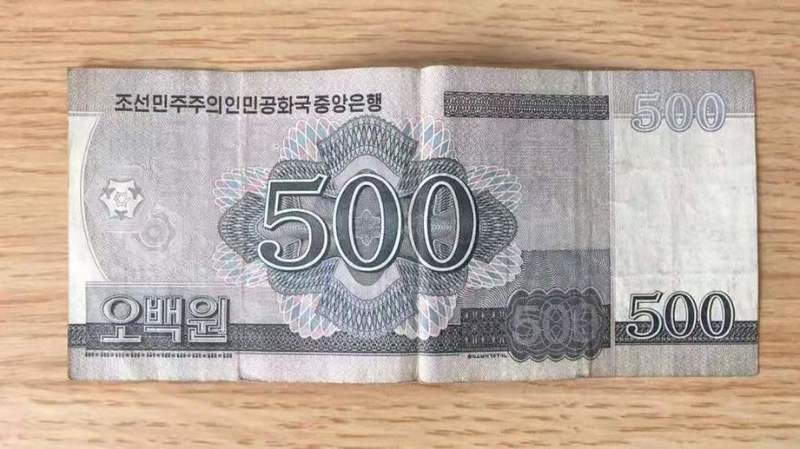
Obverse
On the front of the ₩500 North Korean won note is the Arch of Triumph.
Interestingly enough, this is the largest Arch of Triumph in the world - larger than the arguably much more famous Arc Du Triomphe in Paris.
The Arch of Triumph was built to commemorate the liberation of Korea from Japanese colonial rule in 1945.
Reverse
On the reverse is simply the value of the note, 100 Won, 500 Won.
North Korean Currency:
₩1000
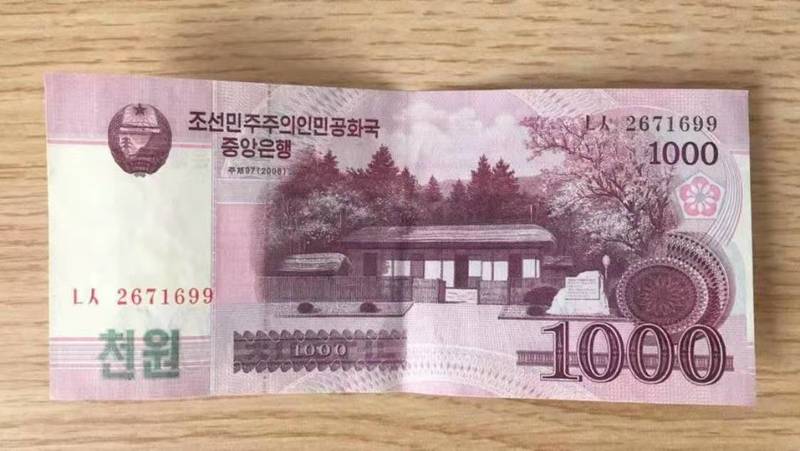
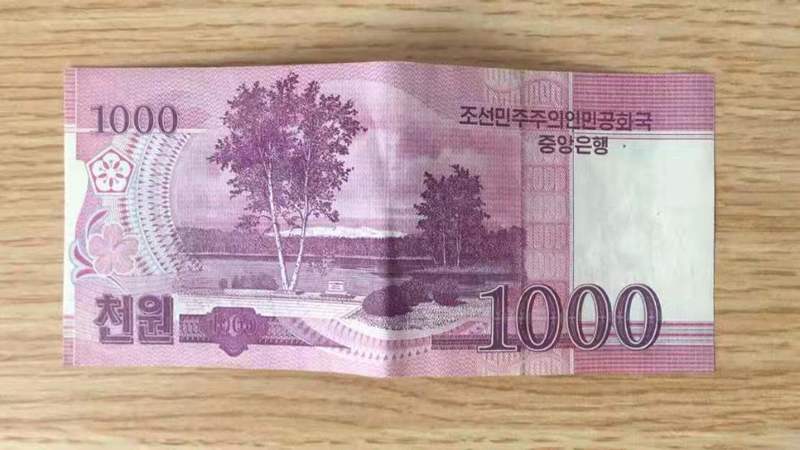
Obverse
On the front of this North Korean note is Hoeryong Revolutionary Site, the birthplace and native homestead of Kim Jong Suk.
She was the first wife of Kim Il Sung, the mother of Kim Jong Il and Kim Jong Un’s grandmother.
Kim Jong Suk is referred to as the ‘Mother of Korea’ and is revered as an anti-Japanese hero.
Her grave is the centrepiece to the Revolutionary Martyrs Cemetery in Pyongyang.
Reverse
Pictured here are birch trees on the shore of Lake Samji in Samjiyon, with Mt. Paektu in the background.
North Korean Currency:
₩2000
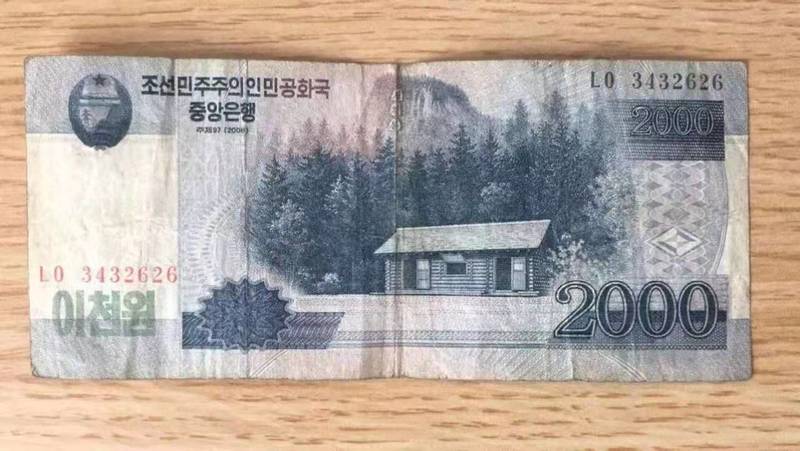
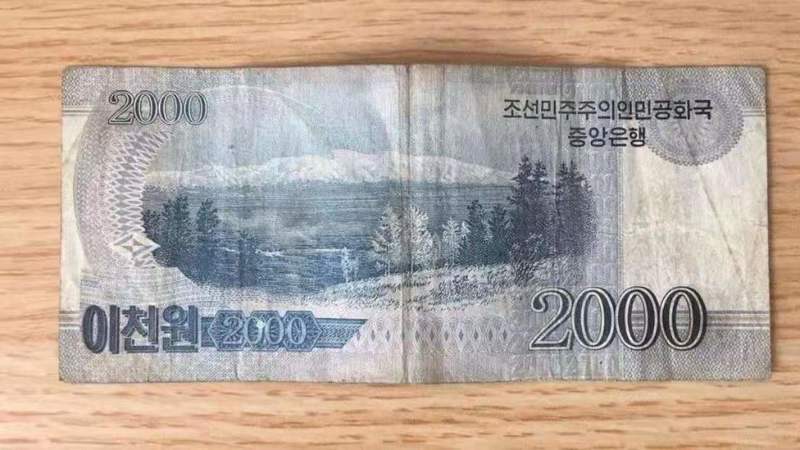
Obverse
The front of the 2000 North Korean Won note shows the Secret Camp at Mt. Paektu and the log cabin which is reportedly the native home and birthplace of Kim Jong Il.
Reverse
On the reverse is Mt. Paektu, North Korea's most sacred mountain and of revolutionary significance as it staged the ground for Kim Il Sung's anti-Japanese activities.
North Korean Currency:
₩5000

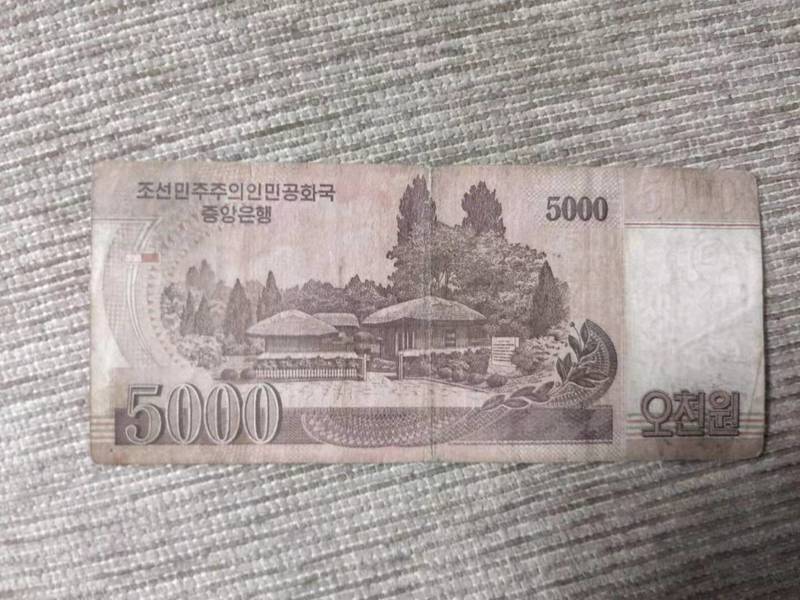
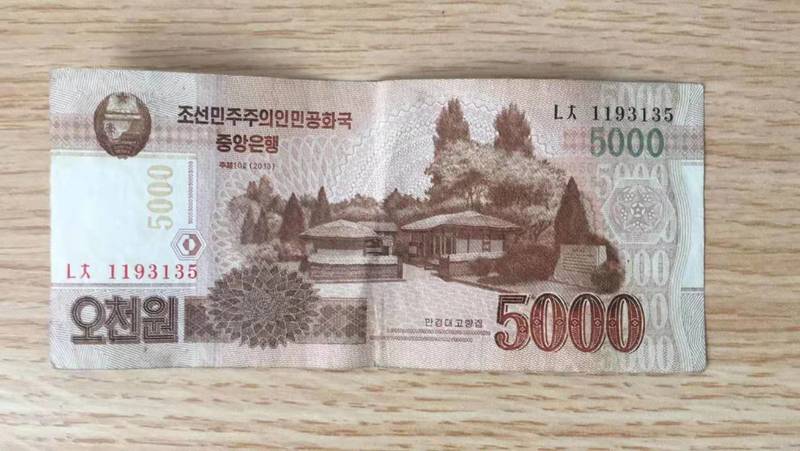
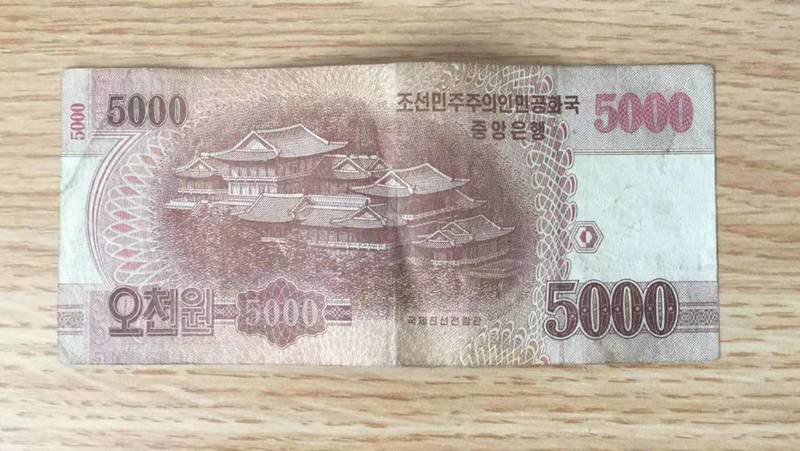
The old editions of the 5000 Korean Won note (above) feature a face of Kim Il Sung, the eternal President of North Korea.
These were used until 2014.
The new editions of the 5000 Korean Won have a different image.
Both are currently used alongside each other in circulation.
Obverse
Pictured on the front is Mangyongdae native house, the native house and birthplace of Kim Il Sung.
Reverse
On the back is the International Friendship Exhibition in Mt. Myohyang.
This is where all of the gifts from foreign countries to the leadership are kept. It's a massive building inside a mountain, and houses thousands of gifts from around the world, well worth a visit if you are short on ideas for your odd relations next birthday.